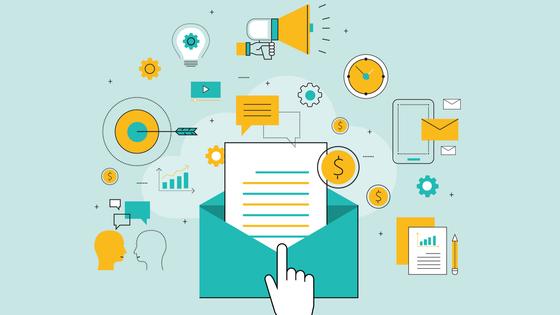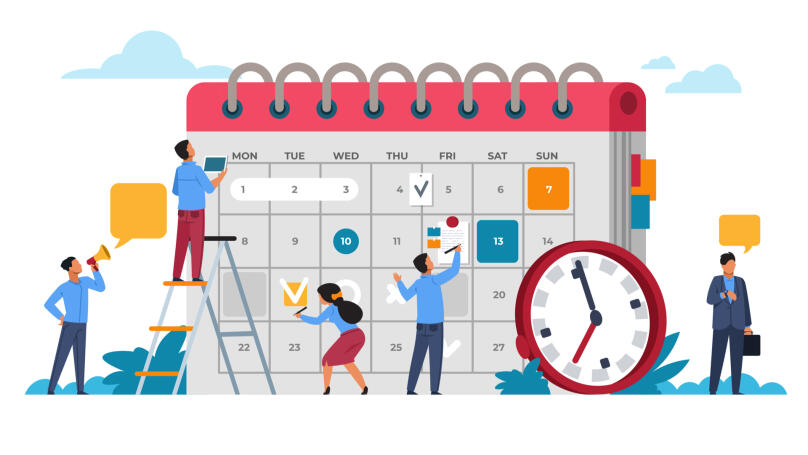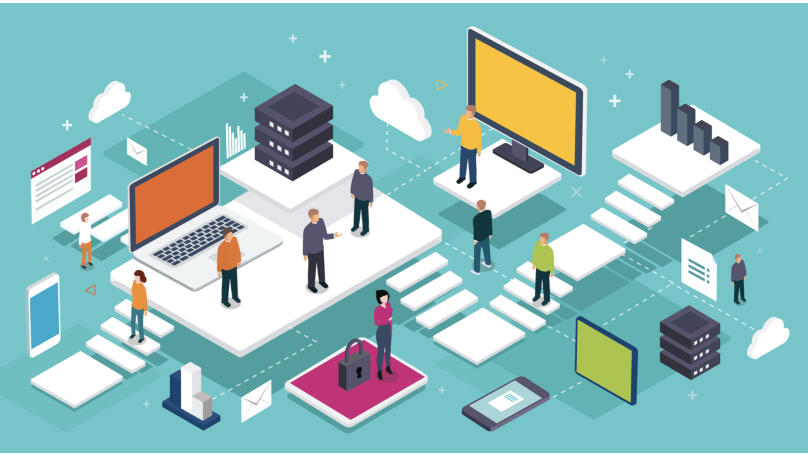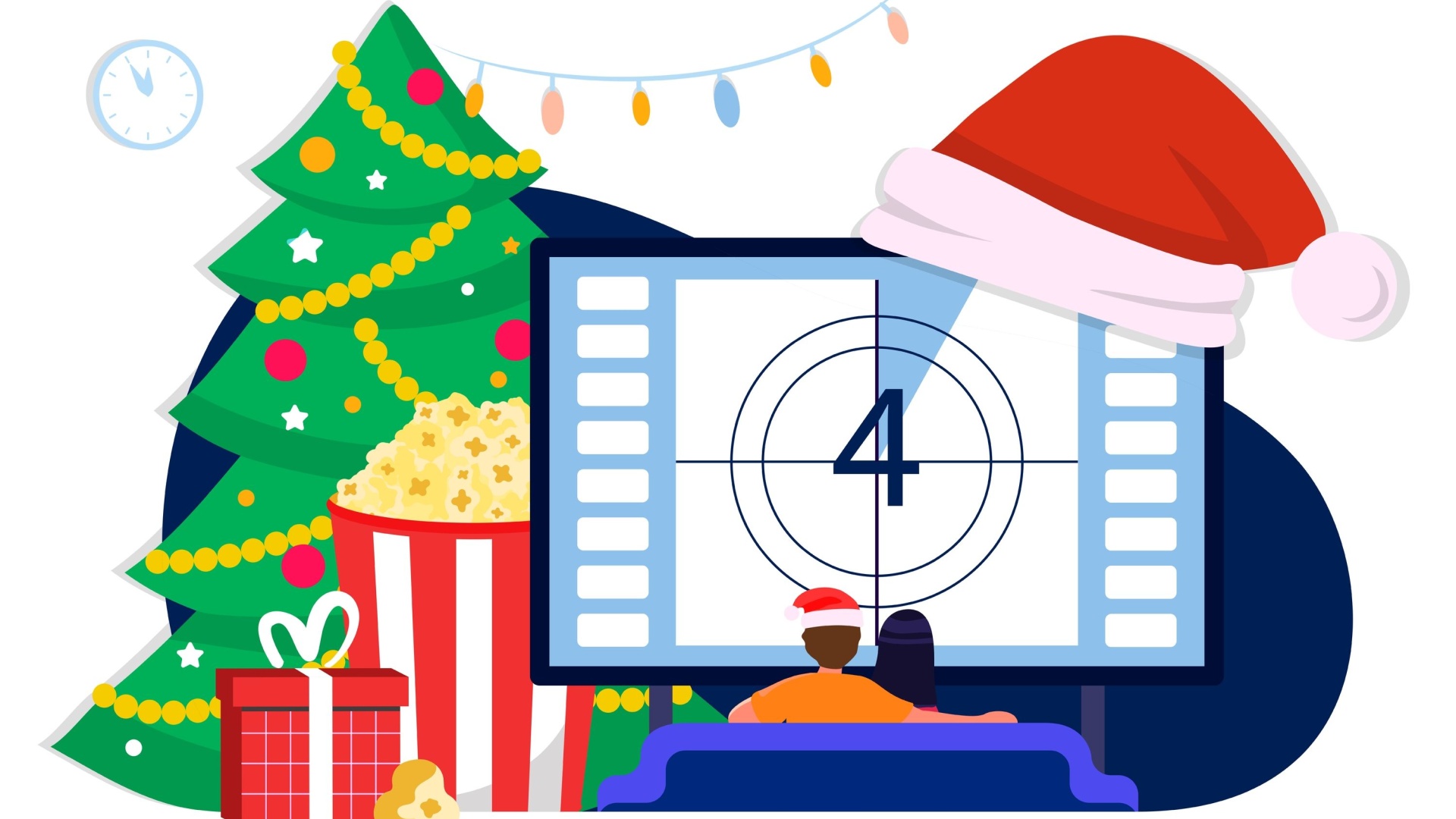The top five email marketing practices
Email marketing is the strategy of choice for more than 84% of marketers looking to generate a steady stream of customers and increase sales in their business.

Additionally, according to the Direct Marketing Association's research, email marketing can bring a company up to 70% of customers and has one of the highest ROIs (return on investments).
To help you make your email marketing even more effective, we've put together five best practices to breathe new life into any email string. We wrote this article as part of our course "Email marketing in business: working with a client base." Follow this link to find out more.
Only an organic contact base

Your subscribers are your potential customers. The goal of any email string/list is to convert the people you are contacting into your customers. However, this is impossible if your contact base is collected artificially or misappropriated from some "black" website or collected without permission. In that case, you would not only suffer losses, but you could also end up having your emails going into spam, which would put an end to all of your email marketing. On the contrary, your emails will only bear fruit if your main string is organic! The best way to build an organic contact base is to make your mail-string subscription-based, informed, and voluntary.
In Europe, all shenanigans in obtaining addresses are punishable by the General Data Protection Regulation (GDPR). You may even get fined or sued if you fail to comply with the regulations.
How do you collect an organic database? There are several ways:
- Through blogging. If you don't already have a blog, it's a great reason to start! If people regularly learn something useful and interesting about it, they will want to be the first to know about new articles, and so they will subscribe to the news. This consent can then be converted into permission to introduce customers to your product range.
- Through pop-up windows. The easiest method is to place a banner or pop-up on your website that prompts the customer to leave their contact details if they are interested in you.
- Through an additional incentive. To make customers more likely to leave contacts, offer them a fair deal: to give their contact details in exchange for a nice bonus. For example, you could offer an ebook, a discount, or a list of excellent life-hacks you can't find online.
- Through social media. Facebook allows you to add a subscription form to your page. Your groups' activity can also motivate people to subscribe to you, similar to a blog.
A clear email marketing campaign

It isn't enough to just gather a relevant database because you also need to turn it properly into a source of full-fledged leads. To do this, you need to be clear about your objectives when launching your mailing list.
Ideally, it would help if you had several email newsletters - for each case and audience segment because everyone is different, and so are their interests. Nevertheless, one way or another, any mailing should be a chain of emails in the following sequence:
- Welcome letters - welcome letters that introduce new users to your company, tell them about it, your values, products, etc.
- Establishing contact - this is where you start to build up a trusting relationship. These emails can contain useful materials, video reports, or webinars - in short, anything that will help convince your customers of your expertise.
- Trigger letters - letters with a call to action, namely to buy. They're only appropriate once you've engaged the subscriber with the brand and established trust with them.
- Take care of your current subscribers - remember them, and for those who have been long-time subscribers, it's time to offer them personalized content. It would be best if you created it based on the information you've gathered about the subscriber in the time they've been there.
- Returning customers is another email campaign that is created optionally to 'reanimate' subscribers who have become inactive. Such a campaign helps keep your database relevant and up-to-date.
To learn more about the different types of emails and how to create, structure, and format them, check out Lectera's course, "The First Steps in Email Marketing: Email for Business Promotion." Furthermore, you'll also learn how to write useful and compelling content, develop templates, define newsletters' goals, come up with catchy email topics, and quickly build an organic database. This course has everything you need to know about email marketing so that your newsletter will capture the hearts of your subscribers!
Optimizing newsletters for different devices

People read 70% of emails on smartphones. How's that for news? Imagine what would happen to your newsletters if they were displayed incorrectly on the phone's screen. Of course, they would get deleted.
That is why you must run pilot newsletters to check how and on which device your email gets displayed. If blocks drift apart, the font is unreadable, and pictures don't load due to size, it's 98% likely that the email will be closed without even getting read to the end. After all, customers expect comfort and flexibility in communicating with you. It's also worth keeping an eye on the newsletter's design to look aesthetically pleasing: paragraph divisions, a prominent CTA, emphasis on the right places in the text, large titles, etc.
Incidentally, you can also check the mailing list by using specialized services, for example, on Retail Rocket.
Optimize the frequency of emails

The optimum length of one email chain from greeting to trigger is 7-8 days. Simultaneously, emails should not be more frequent than one per day! Large companies limit themselves to 3-4 emails per week. If there are too many of them, the subscriber gets information overload - just imagine how many emails they get daily besides yours!
According to the Retail Rocket survey, 40% of subscribers want to see emails from the brand once a week, and 20% would even prefer to see them no more than once a month. The time of sending is an individual choice, but it is most effective to send emails either in the morning or in the evening. People always check their emails in the morning on their way to work, and in the evening afterward, they read exciting content. During these two periods, they are more likely to want (and have time) to read your newsletter.
Technical account setup

To make sure your email doesn't get lost in a pile or (even worse) is automatically placed into your spam folder, it's worth setting up your email account. Postmaster can help you do this by determining the sending domain's reputation and finding out why your emails failed to reach their destination, ended up in spam, or contained an error of some kind.
Here are some rules for setting up your account so email services will recognize it:
- Verify your domain with the service you used to automate the newsletter (contact support for this).
- Only use domain names for your mail-string, for example, @netpeak.net. Don't use @gmail.com - use it only for personal purposes.
- Sign up for Google's Postmaster Tools service and check your domain rating regularly. If it "glows red" and gets spammed frequently, it's unlikely your emails will reach your recipients. In this case, it's better to change your domain.
- Set up Double Opt-In. That will weed out low-quality contacts, and your database will be organic, which means your domain ranking is safe.
These five techniques will help you make your email newsletter even better, but remember that its customers run a business. Base your email marketing on their interests, needs, and segmentation to bring you as many new customers as possible!
Share this with your friends via:
Latest News

A significant stage in the development of the alternative education system has begun in West Northamptonshire in the UK: the County Council is actively calling on parents, guardians, and trustees to participate in shaping the future of this key area.

Outwoods Primary School in Atherstone, Warwickshire, having experienced deep sadness after the loss of their famous cat, Silla, has found solace in a new pet – a Maine Coon named Aloysius O’Hara.

In modern universities, artificial intelligence, and in particular ChatGPT, is rapidly transforming from a controversial tool into a full-fledged student assistant.

An innovative educational project is gaining momentum in UK primary schools, aiming to change attitudes towards video games.

The Massachusetts Institute of Technology (MIT) presents MIT Learn – a revolutionary online platform that opens a “new front door” to access university knowledge and resources.












 How to Restore Communication with People You Lost Contact With Long Ago
How to Restore Communication with People You Lost Contact With Long Ago
 Gadgets, Apps, and Neural Networks for Mental Well-Being
Gadgets, Apps, and Neural Networks for Mental Well-Being
 Test. Which Ritual Should You Start Practicing This Winter?
Test. Which Ritual Should You Start Practicing This Winter?
 Which Christmas Movie Character Are You?
Which Christmas Movie Character Are You?
 Test. What Career Goal Should You Set for Next Year?
Test. What Career Goal Should You Set for Next Year?
 Your New Year’s Forecast: What Awaits You in the New Year?
Your New Year’s Forecast: What Awaits You in the New Year?
